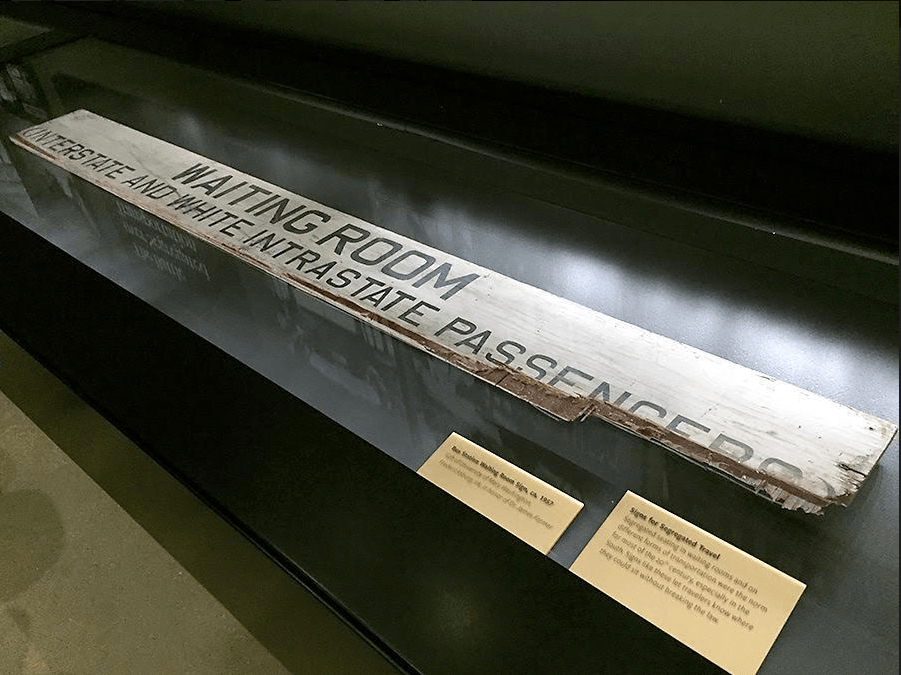UMW donates artifact to the new African American History and Culture museum in D.C.
2 min read
University Relations
By SADIE ROBERTS
African American history is American history, and the University of Mary Washington highlighted just how important this history is by its recent donation to The Smithsonian’s National Museum of African American History and Culture, which opened Saturday, Sept. 24.
This brand new museum, located in Washington D.C. has been in the making since 2011. The museum features many different objects in its collection, specifically a total of about 30,000. Each of these objects hold valuable insights to American history that should never be forgotten. Mary-Margaret McMaken, senior English major, supported this sentiment in her own words.
“There is a lot of history that gets skipped over when discussing American history in high school and this museum definitely helps shed light on those topics… Seeing all of these things being prominently displayed is almost too surreal,” Mary-Margaret said.
Among the many objects at the museum is a 1957 Birmingham, Alabama bus station waiting sign for whites that UMW graciously donated. The sign came from the era of the infamous “Freedom Rides.”
At one point in time, thousands of people waited under the sign for their bus, and thousands of people stayed as far away from it as possible, so as not to break the law. Today, by seeing this sign on display thousands of people will walk by it and be reminded that segregation really was not all that long ago.
The sign, which had its own debut in the Smithsonian Magazine, was purchased on eBay in 2011 by a museum studies class at UMW. The class was a semester long commemoration of the Freedom Rides and Dr. James Farmer. Farmer taught at UMW for more than a decade and left his mark on the school and in history. The James Farmer Multicultural Center, named in his honor, is a welcoming and safe place for any student of any race, gender, cultural background or ethnicity.
After the class had finished their exhibits, demonstrations and celebrations of all of their hard work, both the students and professor decided it was only fitting and deserving to donate the sign to the African American Museum that would surely be up and running in no time. However, many students are unaware of the university’s donation. When told about the donation, many students were shocked and excited to hear about the news.
“I’m not surprised that our school would do something like that, but I am surprised that I’m just hearing about it now. This is such a big thing from such a big time in our history, more people should know about this,” said sophomore biology and chemistry double major Alexandria Riker. Cherishing history and providing insight on what the past was really like is essential to higher learning, and UMW recently contributed to that cause.


